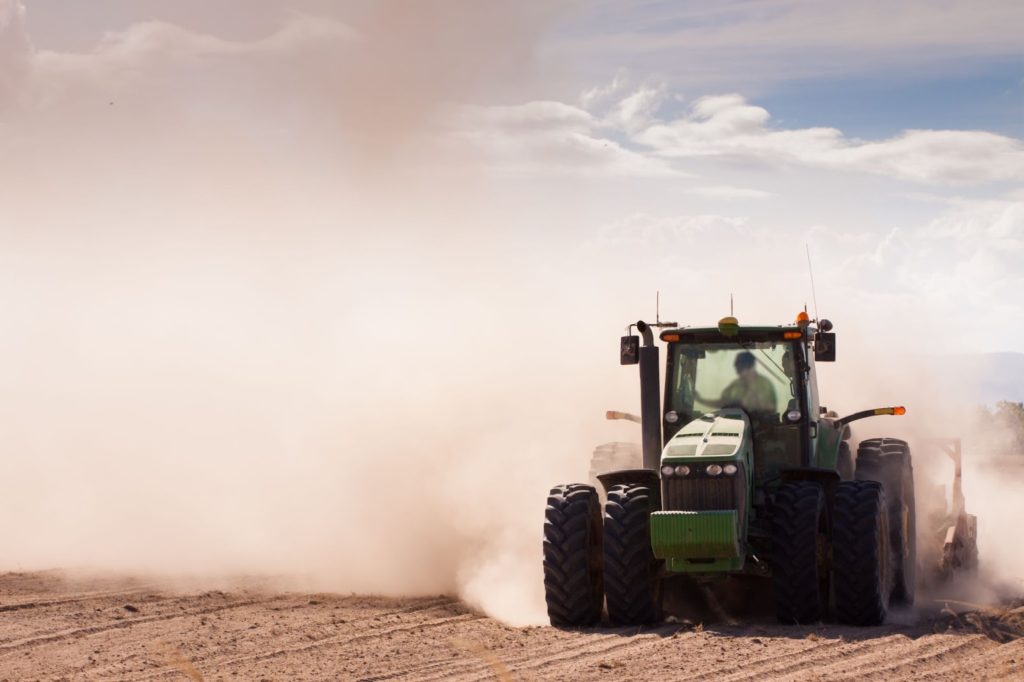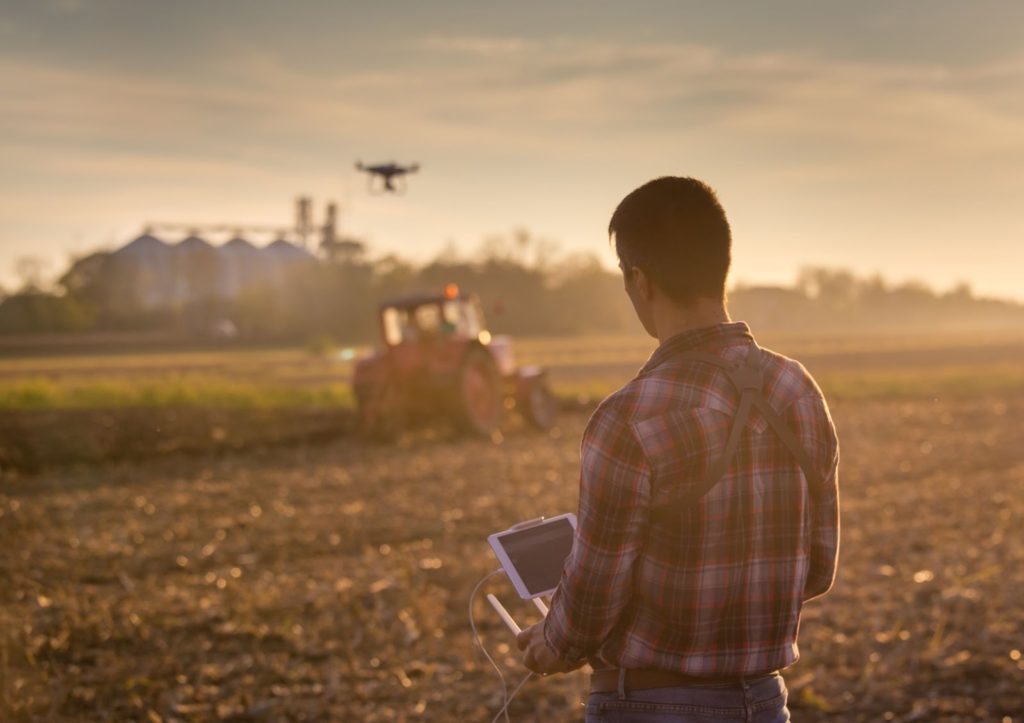A Look at the AgTech Farm of the Future
Agriculture across the world is facing challenges right now and this is set to continue in the coming years. According to a report from the World Government Summit in collaboration with international management consulting firm Oliver Wyman, around 800 million people in the world suffer from hunger. The report, “Agriculture 4.0 – The Future of Farming Technology”, also suggests that by 2050 the world will need to produce 70 percent more food than it does now.
Feeding the world’s population is just one agriculture challenge. Related industries, such as farming and production, are also having to overcome sustainability concerns and extreme weather conditions such as the droughts and floods that Australia has experienced. Farms, and other industry sectors, are embracing AgTech to help them overcome such challenges and boost productivity.
Key points
- AgTech is revolutionising agricultural production and farming.
- The agricultural technologies being developed are helping farmers and producers to overcome challenges such as adverse weather conditions.
- AgTech includes a range of software and hardware including agricultural robotics, sensors, remote controlled devices and AI.
- The AgTech arena will continue to expand, increasing competition and enhancing the tech provision for farmers and producers.
Australian Technology
What is AgTech?
The term Agtech relates to applying technology to agriculture. This especially relates to the use of software and hardware. The AgTech solutions being developed are innovative and diverse. For example, farmers will be able to target specific areas of their fields for the application of water, fertilizer, and pesticides in order to optimise resources and limit potential environmental damage.
In addition, the use of big data in agriculture will help to provide valuable insights. This will make the sector more resilient in the face of environmental challenges and severe weather.
Australian farms need to join the revolution
Given the climate changes that are having an ongoing impact on Australia, it’s clear that famers in the country need to embrace the benefits of AgTech in order to overcome the challenges they are facing.
Recently, Quadtech solutions architect Gavin Knight spoke of how important it is for growers to embrace a tech-driven business model. He advised them to look at the applications that are available now while leaving some resources available to grasp the tech that is coming over the next decade.
With this in mind, he provided a picture of what farms will look like as AgTech continues to develop. This includes:
- Sensors, including moisture sensors, in fields to monitor and provide data on all areas of the operation.
- Remote controlled devices and robotics.
- Industrial automation in areas such as grain processing and waste management.
- Autonomous machinery much of which is based on AI.
- Instant communication systems.
Enabling sustainable and smart farming
Farming in Australia, and across the world, has developed a less than positive image over the years. Much of this has been due to issues such as excessive water usage and environmentally damaging transportation processes.
AgTech has the potential to disrupt the farming industry and greatly improve its reputation. The “smart” technology that is central to AgTech is helping to make this happen. For example, rather than tending the fields in person, and using traditional farm practices, farmers are able to make use of apps, drones, and AI to transform the way they run their farming operations.
Agriculture advisors and framework also set to benefit from AgTech
It’s not only on the farm that AgTech is making big changes to agriculture. Industry advisors, such as agricultural consultants, are able to make use of Cloud based decision support systems to enhance the services they provide in areas such as real time data collection, as well as its management and use.
As time progresses the use of technology will more often include accessing third party data such as ground sensors and weather stations. There will be a market for the sale of this information making it easier and more affordable to access data without having to make large investments in tech.
AgTech will also create a more integrated and efficient logistics framework that encompasses farmers, regulators, and consumers. This will involve improved ongoing communication between various parties as well as the development of innovative financial products and business models.
As the world of AgTech continues to develop, more innovators and providers will emerge, and competition will be great. The development of more creative solutions will ensue. This can only be good news for farm management in Australia and the agriculture industry overall. Entegra too is committing time, money and resources to refine our shed designs. Our most innovative product is the revolutionary Ridgeback™. With its concave curved roof, this self-ventilating structure has more than 20 per cent more air-changes per hour than traditional feed barns. Talk to our design team to know what else Entegra is doing to support farmers with AgTech and sheds.



